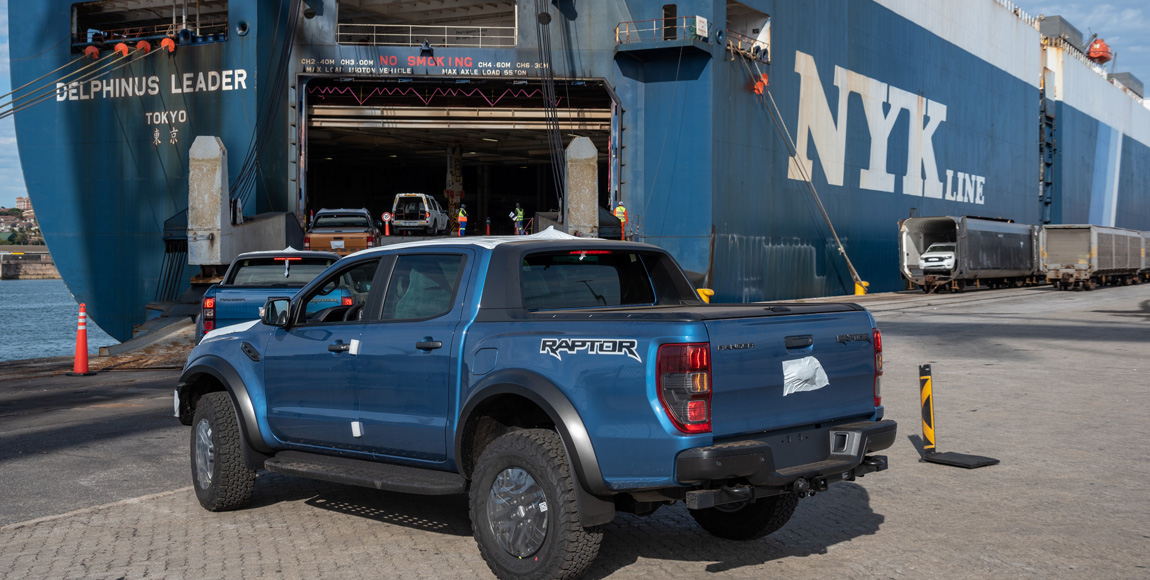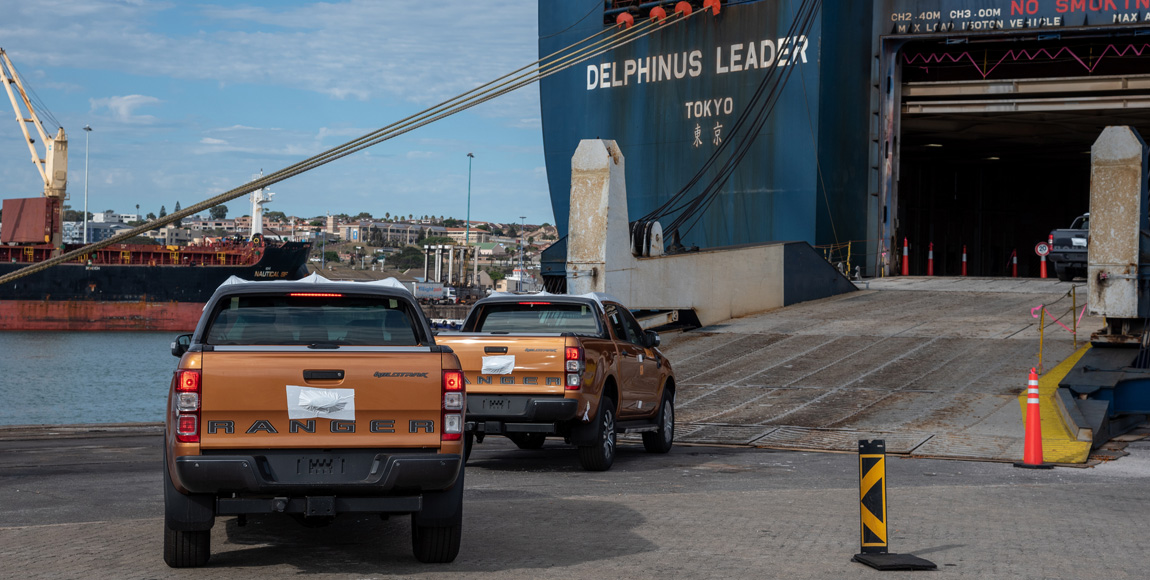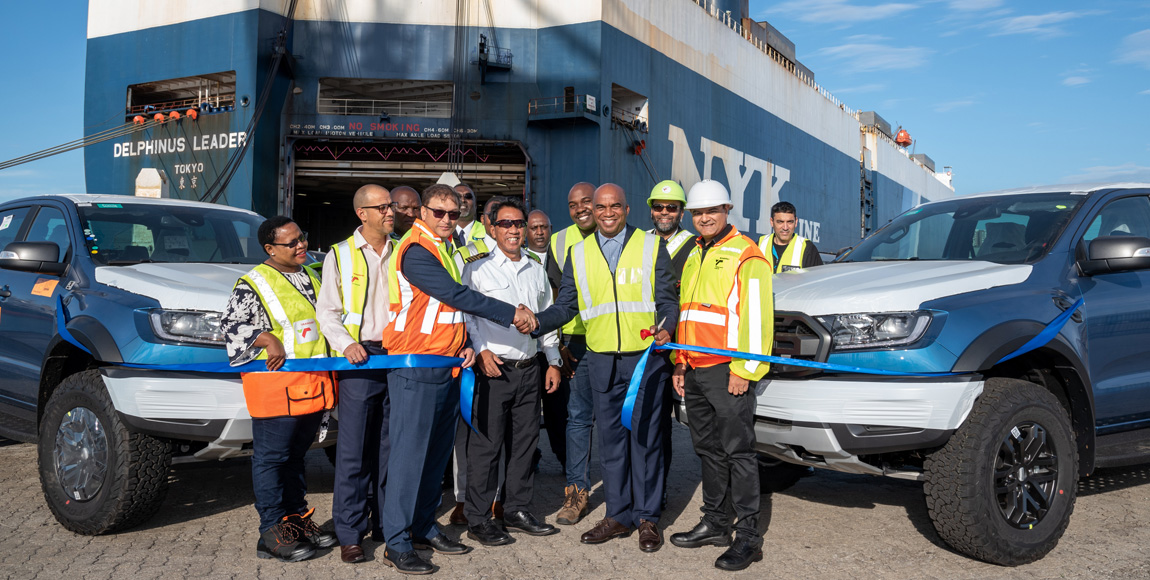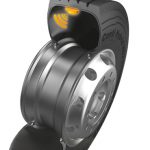Ford gets strategic over logistics

Local production of the new Ford Ranger began in February, and this week the first batch of 1 000 vehicles boarded a roll-on/roll-off (RoRo) vessel in Port Elizabeth destined for markets in Europe.
In order to meet the demand for the Ranger, assembled at the Ford Motor Company of Southern Africa’s (FMCSA’s) Silverton Assembly Plant in Pretoria, the company has followed up its R3-billion expansion in production capacity with a new multi-port strategy.
Up to now, all of Ford’s incoming and outbound vehicles have been processed through the Port of Durban’s RoRo Terminal.

“Together with Transnet, we evaluated how a multi-port strategy could benefit both parties by improving the use of current assets, reducing costs, avoiding the ongoing congestion at the Durban Terminal and utilising other ports for imports and exports,” says Ockert Berry, VP operations, Ford Middle East and Africa.
The Rangers are transported to Port Elizabeth using Transnet Freight Rail infrastructure. Traditionally, other Port Elizabeth-based vehicle manufacturers transport units to Gauteng by rail, and these rail assets return empty. Ford will now use the return leg to move export vehicles from Silverton to Port Elizabeth for shipping to selected markets around the world.

The result is the optimisation of strategic infrastructure, movement of cargo from road to rail and improvement in the efficiency of export logistics. “Shipping and delivery from South Africa will be more cost-efficient and faster,” Berry adds.
Rajesh Dana, port manager, Port of Port Elizabeth, comments: “This project will result in increased export volumes through the Port of Port Elizabeth, but it will also allow for value-added logistics services within the port.
“This will allow us to showcase our world-class automotive industry port services and allow the port to take a step closer to becoming a premier automotive hub for South Africa,” he concludes.
Published by
Focus on Transport
focusmagsa




